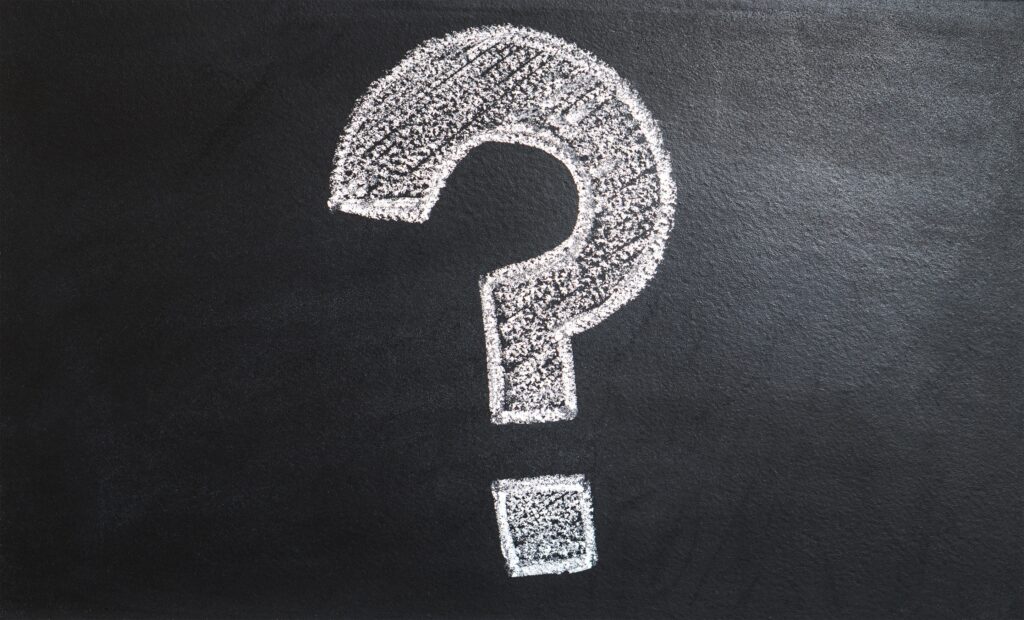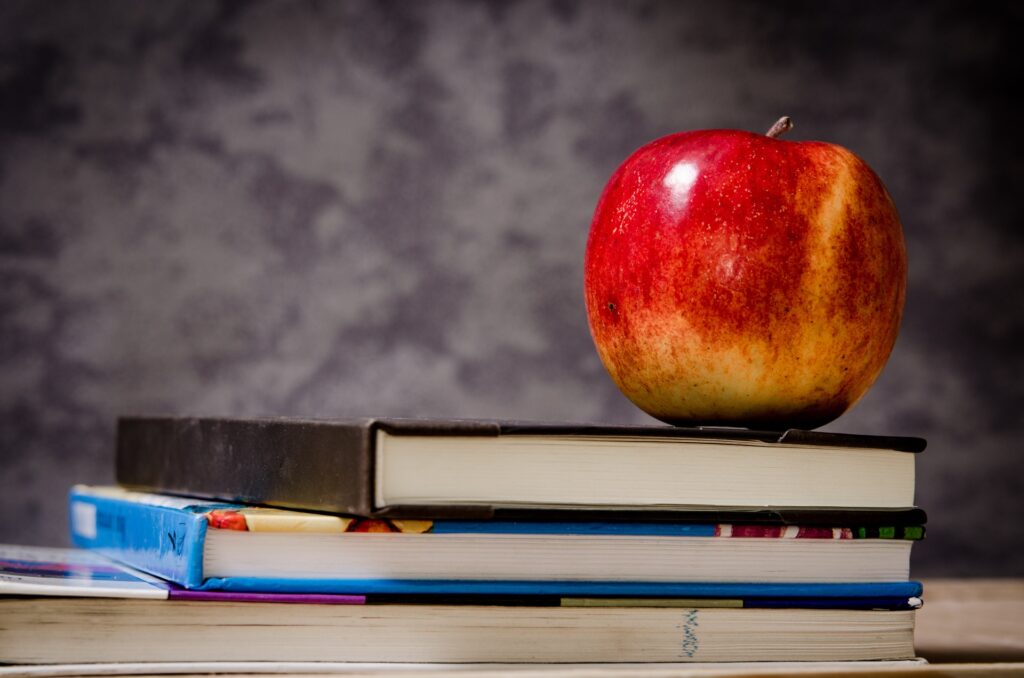Welcome to the first lesson of our Free Beginner’s Chinese Series. By the end of this first lesson you will have learned a basic dialogue in Chinese.
This beginner’ys series includes:
- Chinese audio for all words
- Character animations so you can learn how to draw the characters
- Further reading to expand you knowledge
The best way to learn a language is to dive in and start using it, so there is:
- No complex language theory, but we’ll link to more information if you’re interested
- No need to learn to write Chinese if you don’t want to
- No need to spend hours learning pronunciation, well introduce pronunciation as we progress.
Table of Contents
How to navigate these lessons
All Chinese words in this lesson are accompanied with lesson audio and animations showing how a character is drawn, for example the word for “hello” in Chinese is 你好
- Simply click on the blue speaker symbol next to any Chinese words to listen to the characters spoken
- Click on the red pencil icon next to any Chinese words to see an animation of how the characters are written. As a beginner, don’t fee obliged to learn how to write Chinese characters, however this is useful if you choose to do so.
How to say “hello” in Chinese

The most common way to say “hello” in Chinese is “ni hao”, which is written in Chinese as 你好. Click on the icon to listen to the pronunciation.
你好
ni hao
Hello
Congratulations! You have learned your first word in Chinese.
Note that you can’t use the western alphabet to write Chinese, so while “ni hao” will help you say the word, it is not the written form of Chinese. To write “hello” you must write it with the Chinese characters 你好.
The standard way of writing Chinese with the western alphabet is called “Hanyu Pinyin” or just “Pinyin” for short. You can read more about Hanyu Pinyin in our post what is Chinese Hanyu Pinyin. The pronunciation of Chinese written in Pinyin isn’t exactly the same as English, but close enough that a learner who is unfamiliar with Chinese can use it to pronounce the words with a basic level accuracy.
In this lesson we will normally place the Pinyin pronunciation of characters and words in brackets behind the Chinese characters, for example:
“hello” 你好 (ni hao)
As we’re only getting started, and for the sake of simplicity, we are deliberately going to ignore Chinese pronunciation tones and Pinyin accent marks. We’re also going to skip discussing how to write characters. These concepts will be introduced soon, but for now, let’s just start learning some basic Chinese.
Chinese words are made up of one or more Characters
You’ll notice that “hello” in Chinese is made up of two characters. Together these characters mean “hello”, however individually the characters also have meaning:
- “ni” 你 means “you”
- “hao” 好 means “good”
So when literally translated character-by-character “ni hao” means “you good”, but translates to “hello”. If you think about it “good day” and “are you well?” in English are similar and a reasonable way to greet someone.
Although Chinese characters have meaning by themselves, Chinese words are typically made up of between one and four Chinese characters, with two character words being the most common. Check out our post are Chinese characters words?
Your first three words in Chinese
Great progress, you’ve now already learned your first three words in Chinese:
- “ni” 你 means “you”
- “hao” 好 means “good”
- “ni hao” 你好 means “hello”
We are going to expand on our vocabulary and put together a basic sentence.
How to ask a question in Chinese

To ask a question where you expect a “yes” or “no” answer, the character 吗 (ma) is used, which turns a statement into a question. A question mark is always placed after the 吗 (ma) character.
Let’s see how this is used:
好吗?
Okay?
How are you?
We have just learnt that 好 (hao) means “good”. By adding the “question” character 吗 (ma), we’ve turned this into a question and are literally asking “good?”, however a better translation is “okay?”
The question character 吗 (ma) is referred to as a question “particle”.
A Chinese particle is a character that has special grammatical meaning. The most common Chinese particle character is 吗 (ma), which turns a statement into a yes/no question. There are less than ten Chinese particles, so most characters are not particles.
Your first conversation in Chinese
Let’s try a short conversation by extending what we’ve learnt so far:
好吗?
hao ma?
Okay?
很好。
hen hao.
Very good
The character 很 (hen) means “very”. By pairing this with “good” 好 (hao) we are saying “very good” 很好 (hen hao).
You may have noticed that a Chinese full stop “。” is a little circle rather than a dot and takes up a full character width on your computer. Most chinese punctuation is used in the same way as English, but tends to look slightly different. If you’d like to know more about punctuation check out our post on Does Chinese use punctuation?
How to say “you” and “me” in Chinese

The Chinese words for “you” and “me” are as follows:
| English | Chinese | Pinyin Pronunciation |
| me | 我 | wo |
| you | 你 | ni |
We’ve already covered “you” 你 (ni) when we introduced 你好 (ni hao)
Let’s modify our simple dialogue to add “you” and “me”:
你好吗?
ni hao ma?
How are you?
我很好。
wo hen hao.
I’m very good/well.
Here we have simply added the 你 (ni) to turn “okay?” 好吗? (hao ma) into ” you okay?” 你好吗? (ni hao ma). The normal and preferable translation is this is “how are you”, which is how we’ve translated it.
By starting with the “I” 我 (wo) character, we’ve modified the reply by from simply “very good” 很好 (hen hao) to “I (am) very good/well” 我很好 (wo hen hao).
The difference between 你好 and 你好吗
Adding the question particle (character) 吗 (ma) turns the statement “you well” 你好 (ni hao) into a question “(are) you well?” (ni hao ma).
A few points:
- Both 你好 (ni hao) and 你好吗? (ni hao ma) are acceptable ways of saying “hello” in Chinese.
- 你好 (ni hao) is a statement literally meaning “you well/good”, a way of wishing someone well, however is the equivalent of saying “hello”
- 你好吗? (ni hao ma) is a question literally asking “(are) you well?”, but is the equivalent of asking “how are you?”
How to say “and you?” in Chinese
In our dialogue, if the speaker wanted to say “how about you?”, they would simply ask “you?” 你呢 (ne). Here we are using another Chinese particle 呢 (ne).
呢 (ne) is a Chinese character particle, which means it is a special character that carries a grammatical meaning. 呢 (ne) means that the previously asked question should be applied to the proceeding word. For example:
– 你呢? (ni ne) means “and you?”
– 我呢? (wo ne) means “and me?”
In this case 你呢 (ne) means that the speaker is asking the same question back to the other person, a bit like saying “and you?” Let’s look at the dialogue again:
你好吗?
ni hao ma?
How are you?
我很好。
wo hen hao.
I’m very good/well.
你呢?
ni ne?
And you?
很好。
hen hao.
Very good.
How to say “goodbye” in Chinese

The Chinese word for “goodbye” is 再见 (zaijian). Broken down, these character mean:
- “again” 再 (zai)
- “meet” or “to see” 见 (jian)
Thus “goodbye” 再见 (zaijian) can be literally translated as “again meet”, or more eloquently, “see (you) again”. Many Chinese words can be literally translated in this way to understand the meeting. It is worth noting that most Chinese language resources do not encourage breaking down words into their component characters, however, it can be useful for understanding how words are formed and get their meaning.
Let’s complete our simple dialogue:
你好吗?
ni hao ma?
How are you?
我很好。
wo hen hao.
I’m very good/well.
ni ne?
And you?
很好。
hen hao.
Very good.
再见
zaijian
Goodbye.
再见
zaijian
Goodbye.
There is no special response to goodbye, you can simply respond in the same way “goodbye” 再见 (zaijian).
Review
This is the key vocabulary and phrases learned in this lesson.
Lesson key vocabulary
| English | Chinese | Pronunciation (Pinyin) |
| hello | 你好 | ni hao |
| you | 你 | ni |
| very | 很 | hen hao |
| goodbye | 好 | hao |
| me | 我 | wo hen hao |
| goodbye | 再见 | zaijian |
| <“and…?” particle> | 吗 | ma |
| <yes/no question particle> | 呢 | ne |
Lesson key phrases
| English | Chinese | Pronunciation (Pinyin) |
| hello | 你好 | ni hao |
| very well | 很好 | hen hao |
| how are you? | 你好吗 | ni hao ma |
| I’m very well | 我很好 | wo hen hao |
| and you? | 你呢 | ni ne |
Wrapping it up

In this short lesson you have made your first step towards learning Chinese and have learned a simple dialogue, including how to say “hello”, “goodbye” and ask how someone is in Chinese. Take a breather here before proceeding to the next lesson and spend some time reviewing the vocabulary and phrases you have learned so far.
Here is a summary of the key points from this lesson:
- The method of Romanising Chinese pronunciation is called Pinyin, which allows you to write the pronunciation of words and characters with the standard Western alphabet (A-Z).
- Chinese words are made of one or more characters
- 吗 is a special question character, known as a “particle”
- 呢 is the “and you” particle.
- Plus a lot of very useful vocabulary, see the vocabulary and phrase list above.
Check out Lesson 2 where we introduce Chinese Tones and how to introduce yourself.

